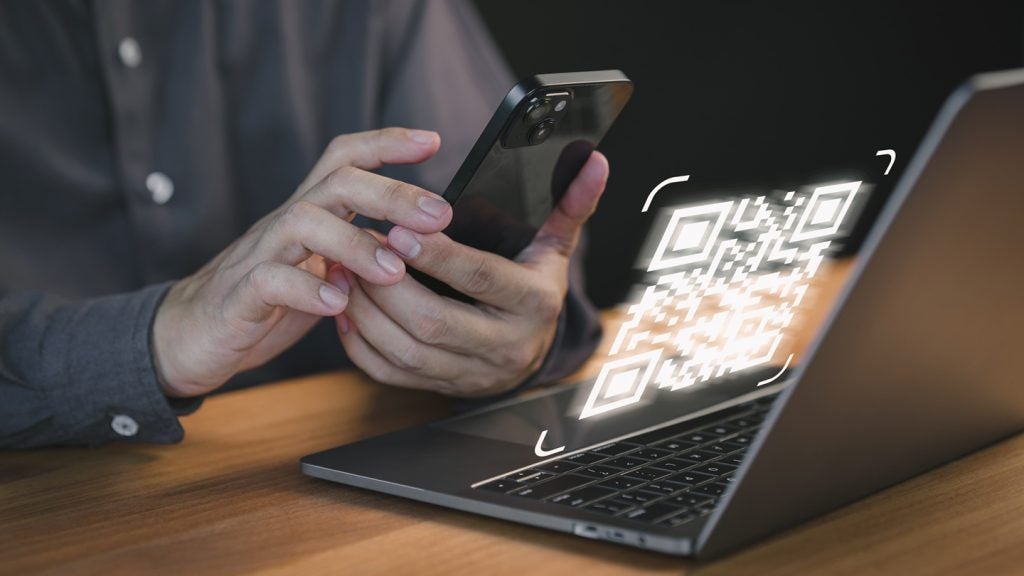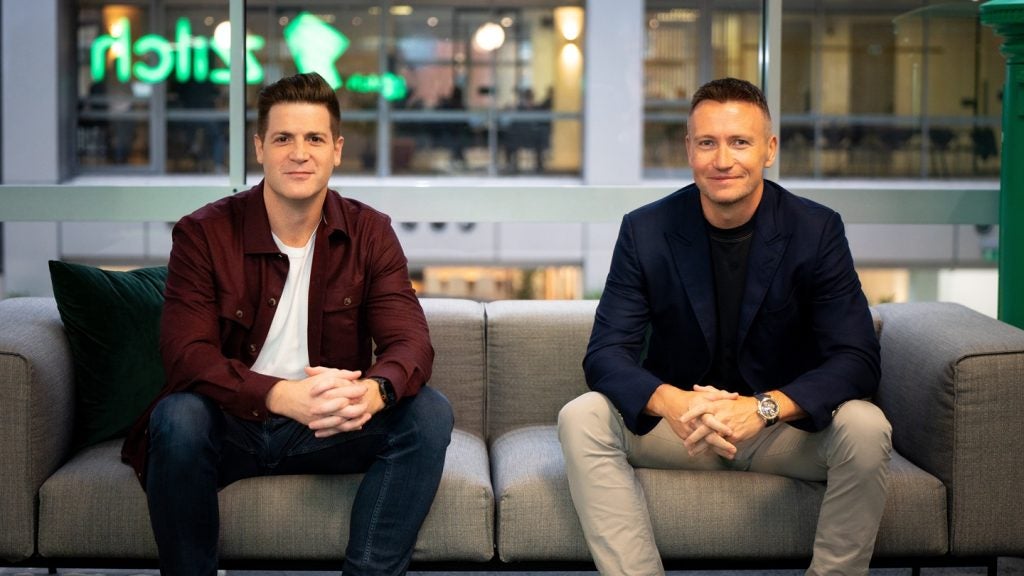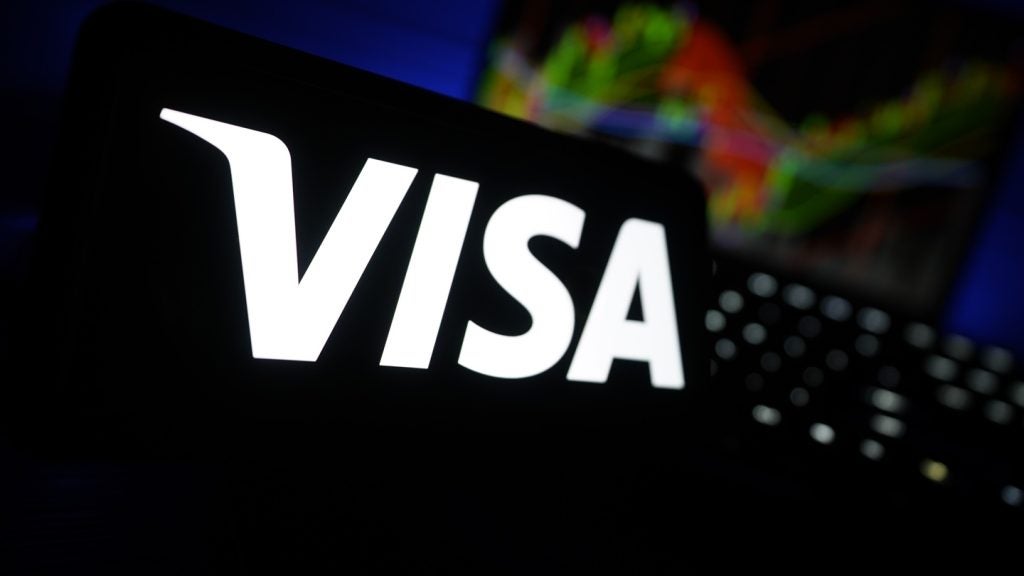Two of the biggest financial software and services companies in the world, NCR and Diebold, are looking for ways to move forward. From security functions to allowing financial processes to be more customisable, there a multitude of paths to take, but are any the right one? Patrick Brusnahan investigates
The transformation into a services-led software company
Diebold is in a state of transition. A new focus has been put on service, especially with regards to availability, convenience and security.

Access deeper industry intelligence
Experience unmatched clarity with a single platform that combines unique data, AI, and human expertise.
According to Diebold, its service offering is different. This is due to all three things being provided in one end-to-end service package, a factor that Diebold CEO, Andy Mattes, believed was "extremely powerful and a win/win for both the bank and the consumer".
An important feature of this new outlook is the ‘ATM of the future’.
When speaking to CI, Mattes said: "The ATM of the future is a service with continuous additional functionality in the machine.
"The next big thing it is tackling is branch automation. Banks are trying to solve their very tough equation: How do I provide proximity to a neighbourhood, which is the main reason why people bank with a bank, without having to pay for all of these palatial branches? They’re all trying to reduce square footage and number of employees, yet provide more service. The only answer to that is automation."
According to Mattes, the ATMs of today can do ‘approximately 95% of what a person can do’. This is partially due to the adoption of deposits on the machines. No longer is it just a device to take money out, money can be put back in.
He also believed the rise of digital and mobile payments will aid the ATM as, currently, more people worldwide have a mobile phone than have a bank account.

US Tariffs are shifting - will you react or anticipate?
Don’t let policy changes catch you off guard. Stay proactive with real-time data and expert analysis.
By GlobalDataThis isn’t too far from the truth. In 2013, the United Nations recorded 6.8 billion cellphone subscriptions in the world while the World Bank found only 2.5 billion formal bank accounts globally.
How does this affect ATMs? One example Mattes gives is Diebold’s work with the International Bank of Luxembourg. Diebold’s cardless solution allows consumers to pre-stage a transaction on a smartphone, receive a QR code and scan it with the machine and it then carries out the transaction.
Mattes said: "This solution is faster, more efficient and imagine if everybody did that; it would eliminate PIN pads. You can transmit the QR code to someone and use it to send money. We want to own this connect point between the physical and digital worlds. The convergence of these technologies will enrich each other."
The ability to provide similar services to a branch in a smaller space is also an important aspect of the ATM of the future, particularly considering the proximity problem.
The World Bank stated in 2013 that 20% of the unbanked were in that position due to the proximity of their nearest bank branch. Having these services available in an ATM opens up many possibilities.
Mattes said: "Think about the technology as a branch in a box. You can have a banking kiosk inside a museum or a football stadium. You might find banks teaming up with a retailer because a lot of people consider buying groceries more fundamental to daily needs than going to a bank.
"You can also open an account on the machine and the machine will automatically spit out the bank card for you. We’re living in this instantaneous society and, for the bank; it saves a tonne of money. That’s a great example of more future functionality, more convenience and scoring on the cost side."
NCR helping Alaric expand its reach
It has been one year since NCR acquired the fraud prevention and intelligent transaction company Alaric.
Not only did NCR gain the company, but two of its key products: Authentic, a transactional processing engine, and Fractals, a fraud detection engine used largely in the card space.
One year on, Alaric has benefitted from the acquisition in terms of increasing the company’s scale. When talking to CI, Andy Brown, marketing director for the financial services division of the Alaric business said: "One of the things that attracted us to being acquired by NCR was actually being able to expand the reach of our sales force. We were a small company which didn’t have a huge sales force and, therefore, getting the NCR salespeople has been very helpful.
"As Alaric, we had a few people covering the whole of Europe. Now, we a global NCR sales force with several hundred sales people across the financial sector. They have been able to get into markets such as Latin America and the Middle East, which we were not able to before."
This expansion of reach has, in turn, helped Alaric to actually implement their products and get some regional capability.
Brown said: "Prior to NCR, we had a centre in London and a centre on Malaysia. We’re no growing that reach. The Malaysia centre now becomes useful for the whole Asia region. We’re also expanding the reach of the team in London so they can then work with other teams in Europe to actually aid deployment.
"For instance, you’re project managing an authentic implementation tool which isn’t too different from other software implementations so we can now use local project management resources. This is good because they are on the ground near the customer and have a closer interaction with the customer."
However, even with a greater reach, the usual security problems remain. In particular, the weakest link in the security chain: the consumer. Brown believes that a more adaptable form of security may be the solution.
Brown said: "The thing that we’ve got to recognise is that, whatever controls are put in place or however good the protection is, someone’s probably going to get through.
"What you need is the system at the other end to be able to really look at the patterns and unusual behaviour and build up profiles of how consumers interact. Then, we look at these profiles and try to work out, ‘Has something gone outside this profile?’ That’s where the fraud scheme really comes into play. You can understand the user’s behaviour and, when they’re doing something different, you adapt."







